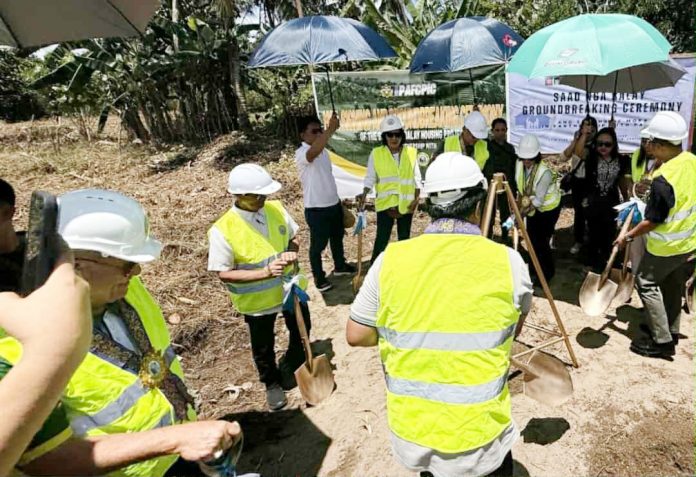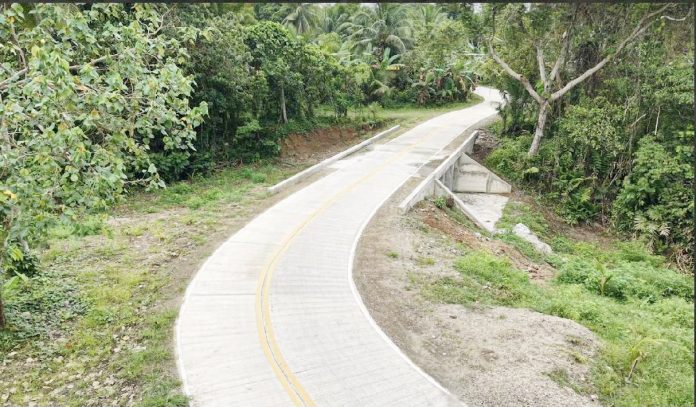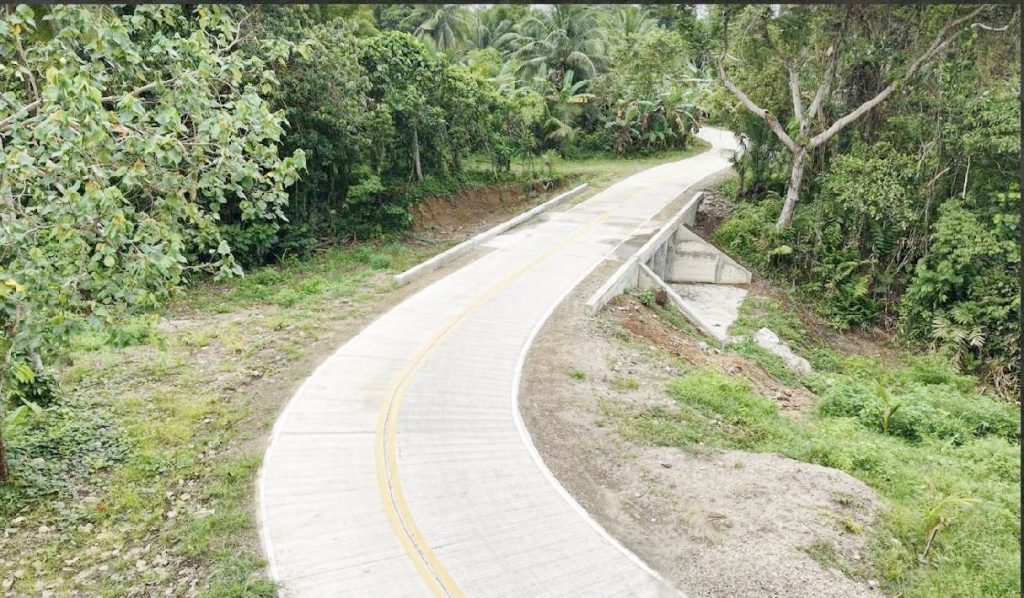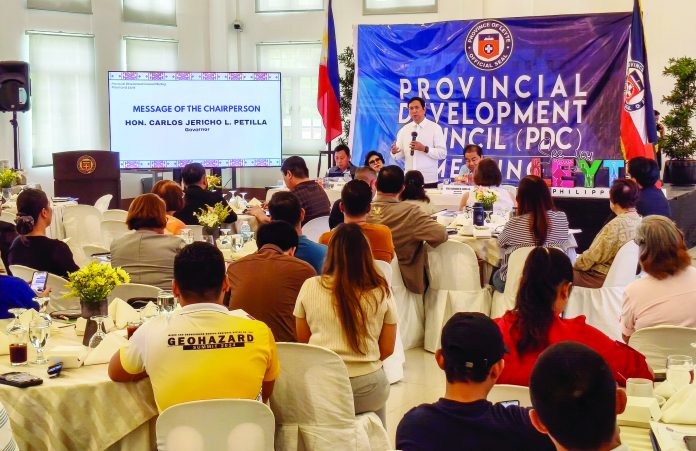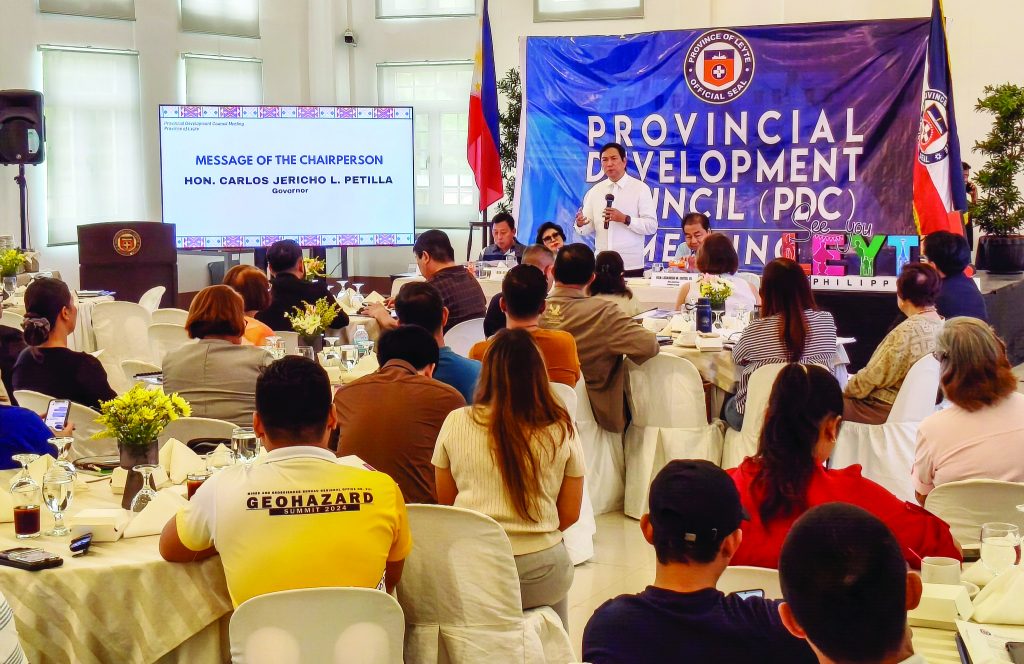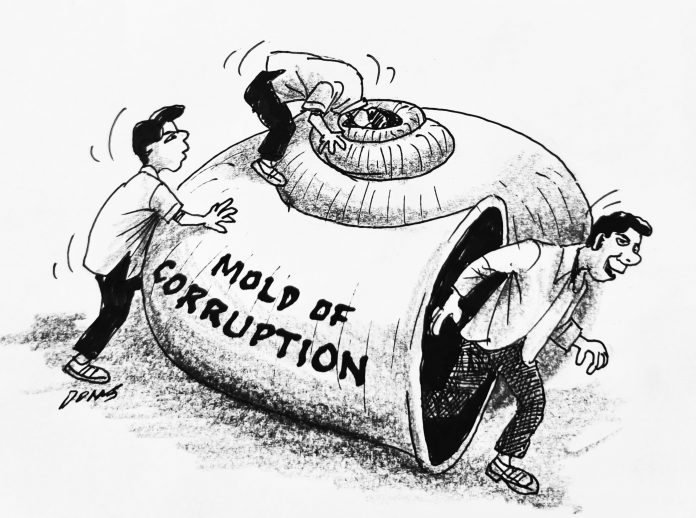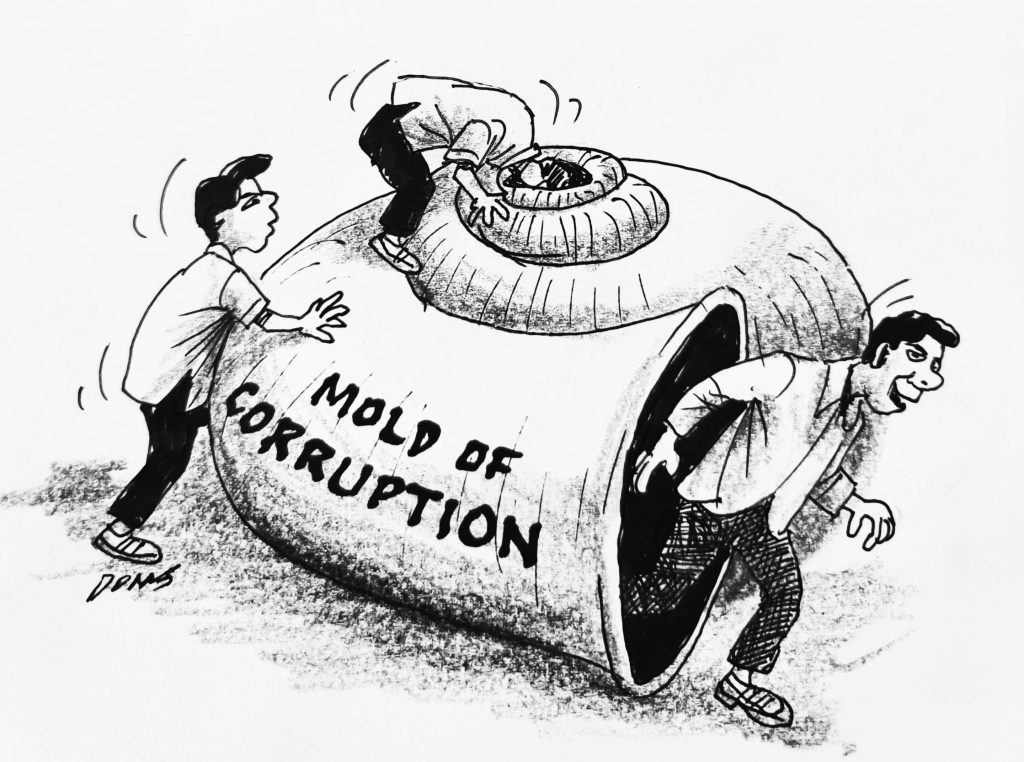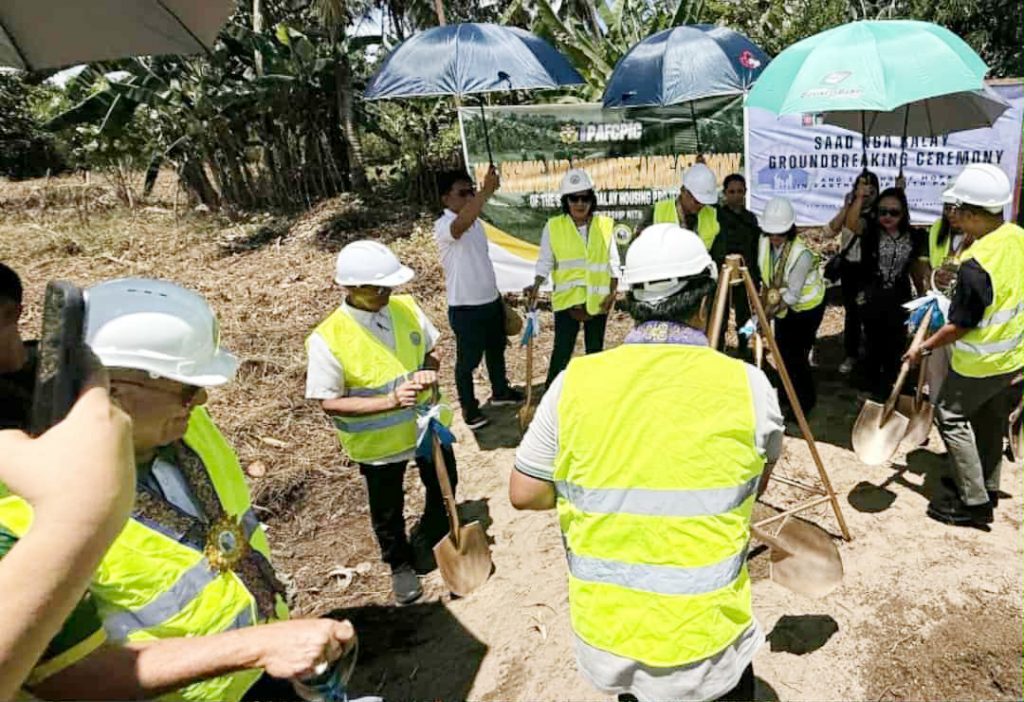
CAN-AVID, Eastern Samar — Twelve former rebels and their families from Can-avid, Dolores, and Maslog are set to receive concrete homes under the Philippine Army’s “Saad na Balay” (Promise House) project, providing them with a fresh start and a secure place to live.
Spearheaded by the Army’s 801st Infantry Brigade and funded by the Philippine Army Finance Center Producers Integrated Cooperative (PAFCPIC), the P4.2-million project will build 100-square-meter houses worth P350,000 each. The groundbreaking ceremony took place on September 10, 2025, in Barangay 4, Can-avid.
Former rebel “Jose” shared that having a permanent home means freedom from fear and a chance at normal life for his family.
“This is a big help for us to have a decent home. We can now sleep and live without fear.’ Jose, who was with the communist armed group for six years and a father to three children, said.
Retired Brig. Gen. Fernando Zabat, PAFCPIC president, said the initiative recognizes housing as a basic need essential for reintegration.
Brig. Gen. Arlino Sendaydiego, 801st Brigade commander, stressed that the project underwent careful validation and coordination with local governments to ensure safety and legitimacy.
“This collaborative effort symbolizes a collective commitment to build not just houses, but foundations for lasting peace and renewed hope in Eastern Samar,” he said.
The “Saad na Balay” project reflects a strong partnership between the military and local communities, offering not just homes but hope for lasting peace in Eastern Samar.
(JAZMIN BONIFACIO)

